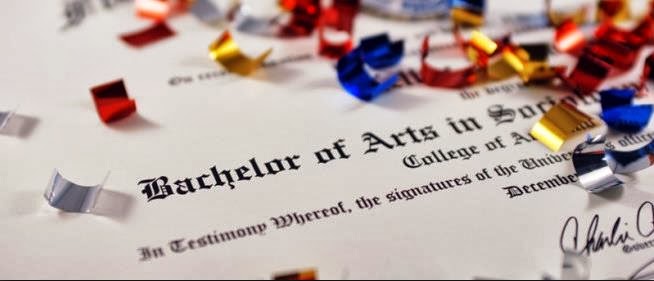The Muddy Waters example seemed to effectively demonstrate the way art builds on itself; whether it be a single song note, a word or just the way someone moves their brush, inspiration takes what it knows to create something new and different. Similarly, the film noted how nearly much, if not all, of Disney’s early work was simply an animated and modernized adaptation of some other story, without which Disney could not have enjoyed his monumental success. There is clear irony in the way the Disney Corporation fights so vigorously to keep others from using its characters, as Disney devours other franchises like Marvel and Star Wars. It is only that irony which will continue to compound on itself.
Lawrence Lessig’s Creative Common’s movement seems to be a step that should be taken to restore the freedom to be inspired and to channel that inspiration, for at the heart of remixing is inspiration, and if the freedom to channel inspiration is infringed upon, then record companies would have far fewer artists to leech from in the first place. While the illegal distribution of music is unfavorable to the profit-driven corporations that associate with artists, one can’t help but wonder why publishing companies and those who represent them are so adamantly against the free exposure that comes with a shared remix. Perhaps these corporations are embroiled in a fight to remain relevant in a ring where anyone can use modern technology to present themselves and their music to the world from the comfort of their own home. But in this fight it’s only a matter of time before record companies go the way of the vinyl record, and I sincerely doubt they’ll ever resurface as vintage collectibles.
by Nina J. Easton of the LA Times
Talk about irony















